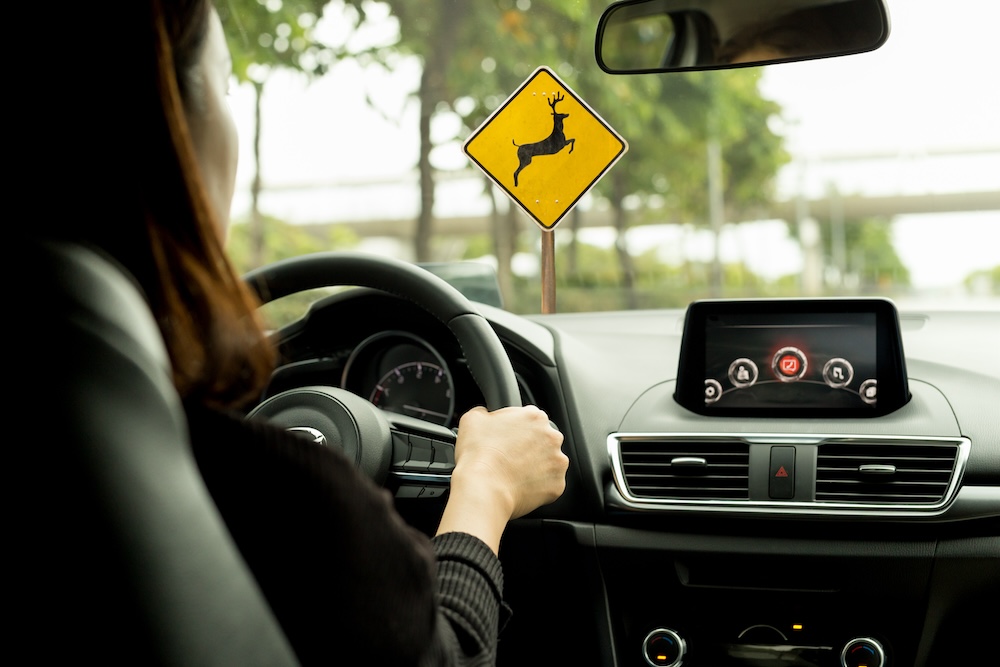Pennsylvania drivers have a 1-in-59 chance of being involved in an animal-related crash, the third-highest in the nation. Wildlife advocates are highlighting efforts to prevent them.
There is an increased risk of deer-related crashes during the peak of whitetail breeding season in Pennsylvania.
Travis Lau, communications director for the Pennsylvania Game Commission, said it’s important that motorists slow down in areas known for having wildlife and be aware of their surroundings to avoid accidents.
“Being mindful of the potential for a deer-vehicle collision includes paying particular attention in those areas that are marked with deer-crossing signs. Those are posted in areas that are known to have a high frequency of deer activity and deer crossing roads,” Lau said.
According to the Pennsylvania Department of Transportation, more than 5,800 deer-related crashes were reported in Pennsylvania last year, resulting in over 1,200 injuries and nine fatalities.
Lau added deer populations exist in all of the state’s 67 counties and said the state keeps records of the annual harvest of deer by hunters and the allocation of licenses, which are used for deer management.
“Our staff will physically inspect upwards of 25,000 deer that are harvested by hunters. That goes into building harvest estimates and population estimates and tracking population trends and adjusting license allocations accordingly,” he explained.
Lau said the switch to Daylight Saving Time can disrupt deer’s natural rhythms, causing them to be more active during times when people are also driving, such as dusk and dawn.
Jeremy Romero, wildlife connectivity manager with the National Wildlife Federation, said more than 1 million wildlife collisions are reported in the U.S. each year, with injuries and deaths to animals, drivers, and passengers. Costs associated with the accidents range between $8 billion and $11 billion annually. He said ecological effects are another concern.
“Wildlife need expansive landscapes, functional landscapes, or what we call permeable landscapes. And roads, fences, development, things like that are all types of fragmentation that decrease connectivity for wildlife to be able to move across the landscapes,” Romero explained.
Romero points to good news, though, with the federal government rolling out a new $350 million pilot program. States can apply for grants to pursue safe wildlife-crossing infrastructure.




